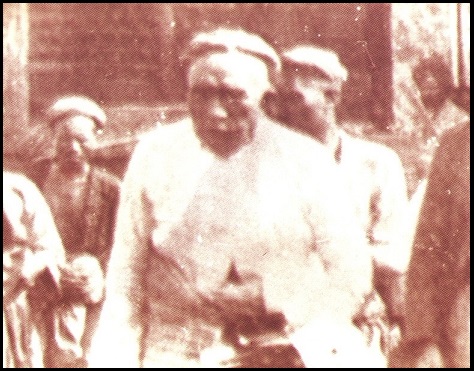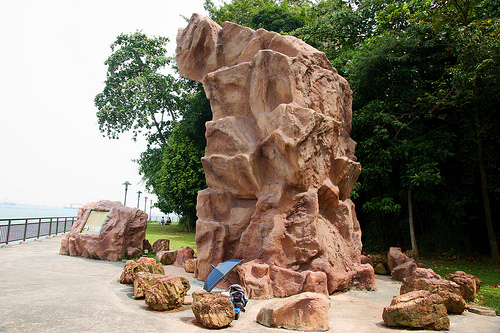History Symposium in Honour of Associate Professor B. A. Hussainmiya
|
50 people attended the History Symposium in honour of Associate Professor B. A. Hussainmiya that was held in FASS on the morning of 27 February 2016. There were presentations by seven UBD academics, mostly by lecturers on the History Programme in FASS, but also by academics form the Institute of Asian Studies and the Academy of Brunei Studies. |
 |
 Participants at the symposium |
 KDYMM Sultan Hashim Jalilul Alam Aqamaddin |
AP Dr. Hj Awg Asbol bin Hj Mail gave a talk enitled 'Sultan Hashim Jalilul Alam Aqamaddin (T.M. 1988-1906): Isu Survival Kesultanan'. The talk described a period that is crucial in Brunei's history: 1888 saw the start of the colonial domination by Britain; and in 1905, the first British Resident was installed. Sultan Hashim Jalilul Alam Aqamaddin was the monarch during both of these developments.
|
|
Dr. Frank Dhont from the Institute of Asian Studies gave a talk entitled 'War Comes to the Shores of Brunei: Brunei in World War II'. The focus of the paper was on the Japanese ships that frequented Brunei during World War II, many of which were sunk. Dr. Dhont examined the importance of Brunei for the Japanese during the war, as Japan needed oil and sought to channel that resource into its war effort. |

The Katori Maru 香取丸, which was struck by a topedo on 23 December 1941 and sank early in the morning of 24 December |
Picture of Sultan Omar Saifuddien Sa'adul Khairi Waddien III (centre) during negotiations with the British (from the cover of Brunei: Traditions of Monarchic Culture and History by B. A. Hussainmiya and Nicholas Tarling) |
Dr. Nani Suryani binti Hj Abu Bakar gave a talk entitled 'Brunei Setelah Penubuhan Malaysia: 1963-1965'. In her paper, she discussed the status of Brunei during the discussions over the creation of Malaysia in 1963, describing how Sultan Omar Saifuddien Sa'adul Khairi Waddien was opposed to Brunei joining the newly-created Federation.
|
|
In his talk, Dr. Stephen Druce of the Academy of Brunei Studies described the Bugis Queens of South Sulawesi. From the fourteenth century on, there were more female monarchs in South Sulawesi than elsewhere in Southeast Asia, though their history is less well documented. They exercised real power and authority, leading the expansion of several early kingdoms and intensification of wet-rice acriculture. Using indigenous Bugis textual and oral sources and data from later European observers, Dr. Druce discussed several Bugis female monarchs and presented possible exlanations for their ubiquity. |
 Wé Tenri Olléq, ruler of Tanété, 1855–1910 |
 Jose Rizal (1861-1896). A multi-talented and passionate intellectual Filipino martyred by the Spaniards. Anwar Ibrahim called him 'The First Malayan'. |
Dr. Rommel A. Curaming gave a presentation entitled 'Filiponos as Malay? Rizal and the Rethinking of the Analytics of Malayness'. Though there has been increasing interest in Malayness in recent years, most of this work has dismissed the claim of Filipinos to be considered Malays. This rejection of Filipinos as Malays has resulted in prematurely restricting the range of contexts by which Malayness has taken shape. Furthermore, it has reinforced the hegemonic conception of Malayness that has long been dominant in what many would regard as the politically dubious race politics in Malaysia and elsewhere. |
|
Dr. phil. habil. Johannes Kurz gave a paper entitled 'On Some Discrepancies in the New Early Singapore History'. In his talk, Dr. Kurz questioned the identification of Temasek with two settlements, Pancur and Longyamen, arguing that it is based on a faulty analysis of the original texts that were written by Wang Dayuan in 1349. |
 The symbolic replica of Longyamen in Labrador Park, Singapore |
The final paper was by Associate Professor Dr. Iftekhar Iqbal. It was entitled 'Looking East from British India', and it examined the various forms of imagination, interests and activities from British India that sought closer connections and outreaches to Southeast Asia and China.
